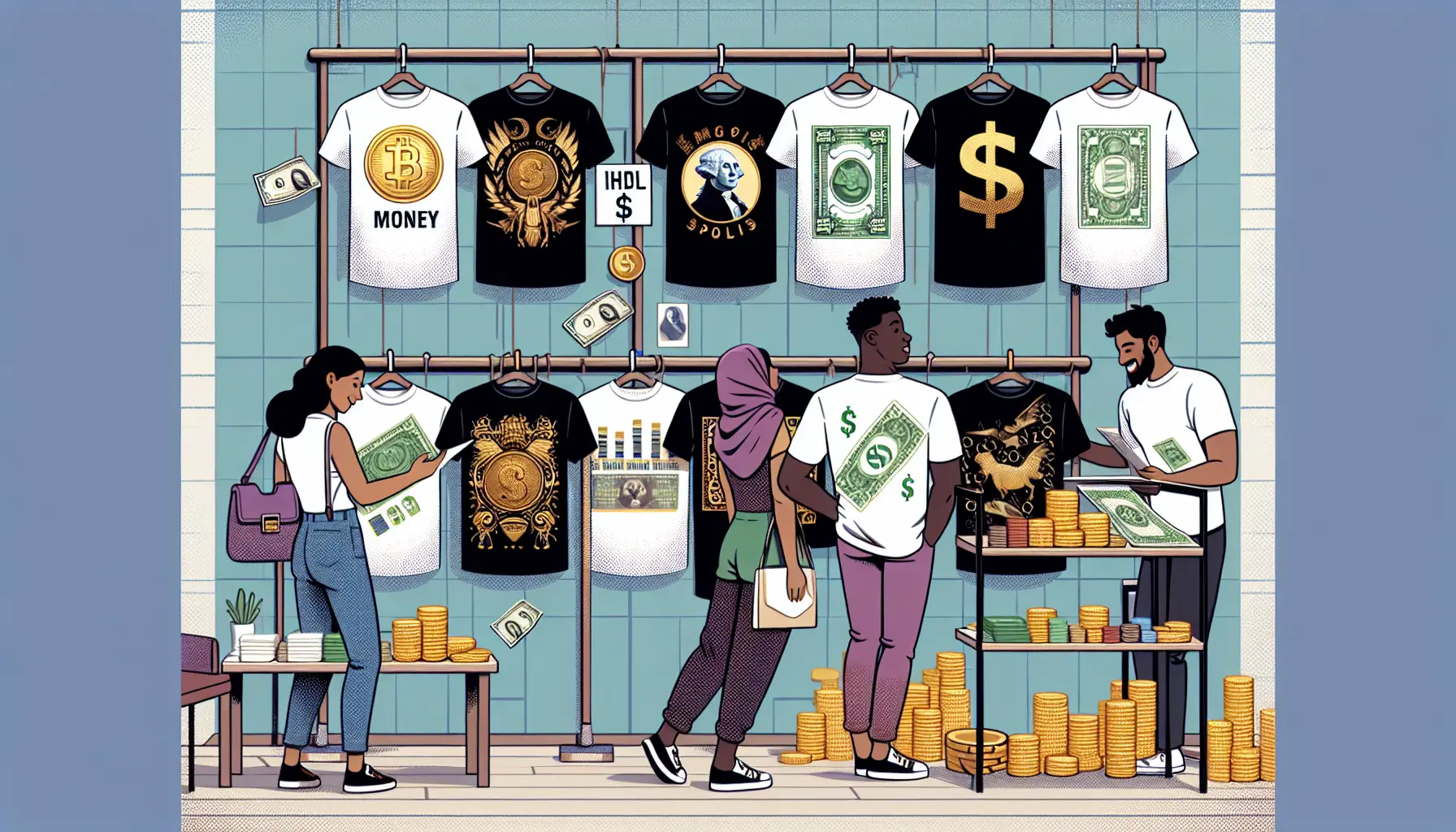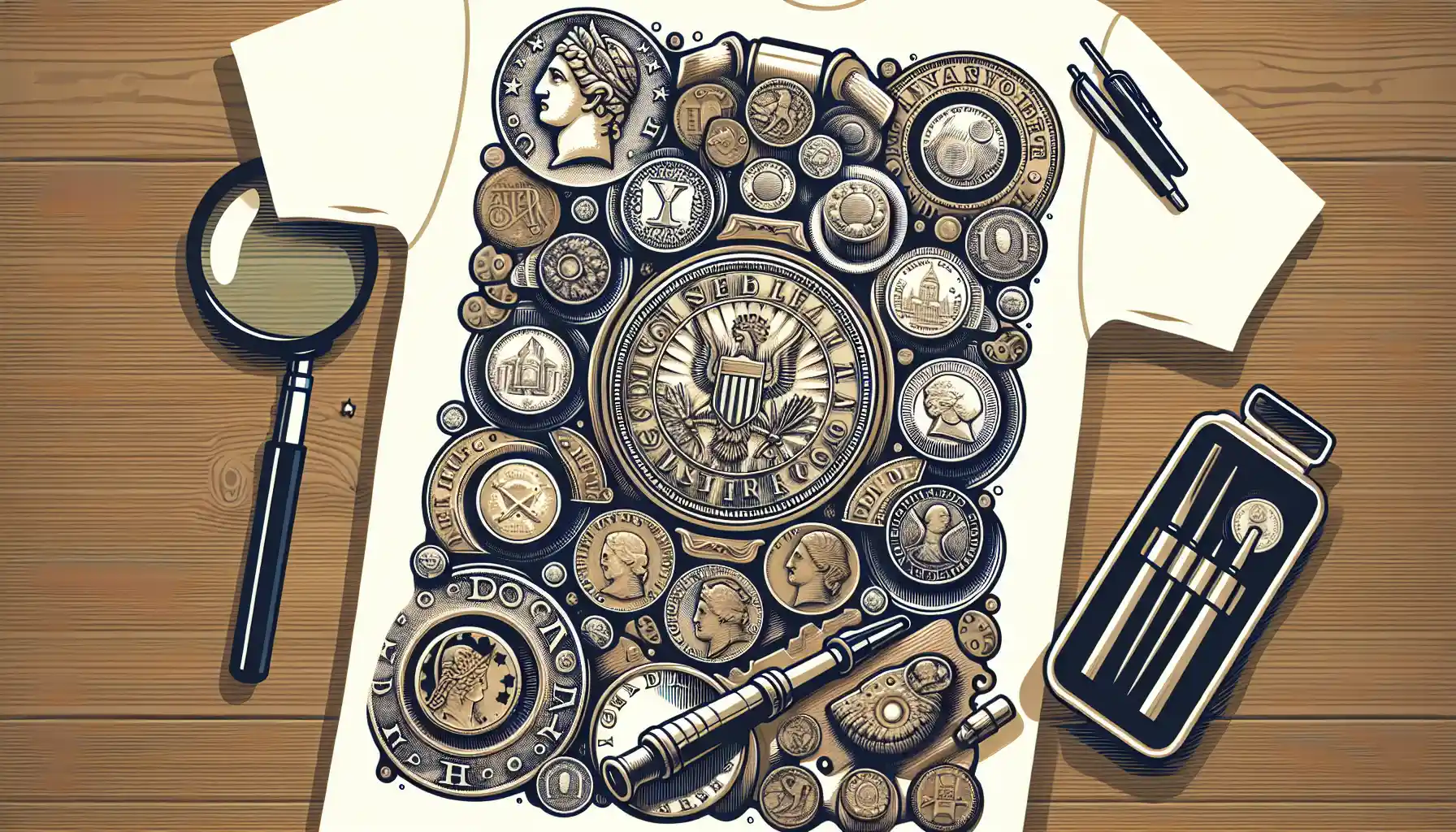Understanding the Risks of Counterfeit Coins in Online Marketplaces
Why Counterfeit Coins Are More Common Than You Think
Picture this: you're scrolling through an online marketplace, heart racing as you spot what seems to be a rare coin you've been hunting for years. The price? Almost too good to be true. That little voice in your head whispers, "Is this legit?" Sadly, the world of online coin trading is teeming with
counterfeit coins, and falling for one can feel like stepping into quicksand—hard to escape and frustratingly costly.
Why are fake coins everywhere? Because they’re lucrative! Fraudsters know that collectors often have an emotional connection to their finds. They exploit this passion by creating replicas so convincing they could fool even seasoned enthusiasts. From ancient Roman denarii to modern-day commemoratives, no coin is safe from their grasp.
- Cheap materials: Counterfeits are often made from low-quality metals but coated to look authentic.
- Forged mint marks: Scammers mimic the tiniest details to trick buyers into believing their purchase is genuine.
- Artificial aging: Coins are sometimes chemically treated to appear older than they actually are.
Knowing these tactics can help you avoid being duped, but vigilance is key. Remember, not every glittering coin is gold—or even real silver!
Key Characteristics of Genuine Coins vs. Counterfeits
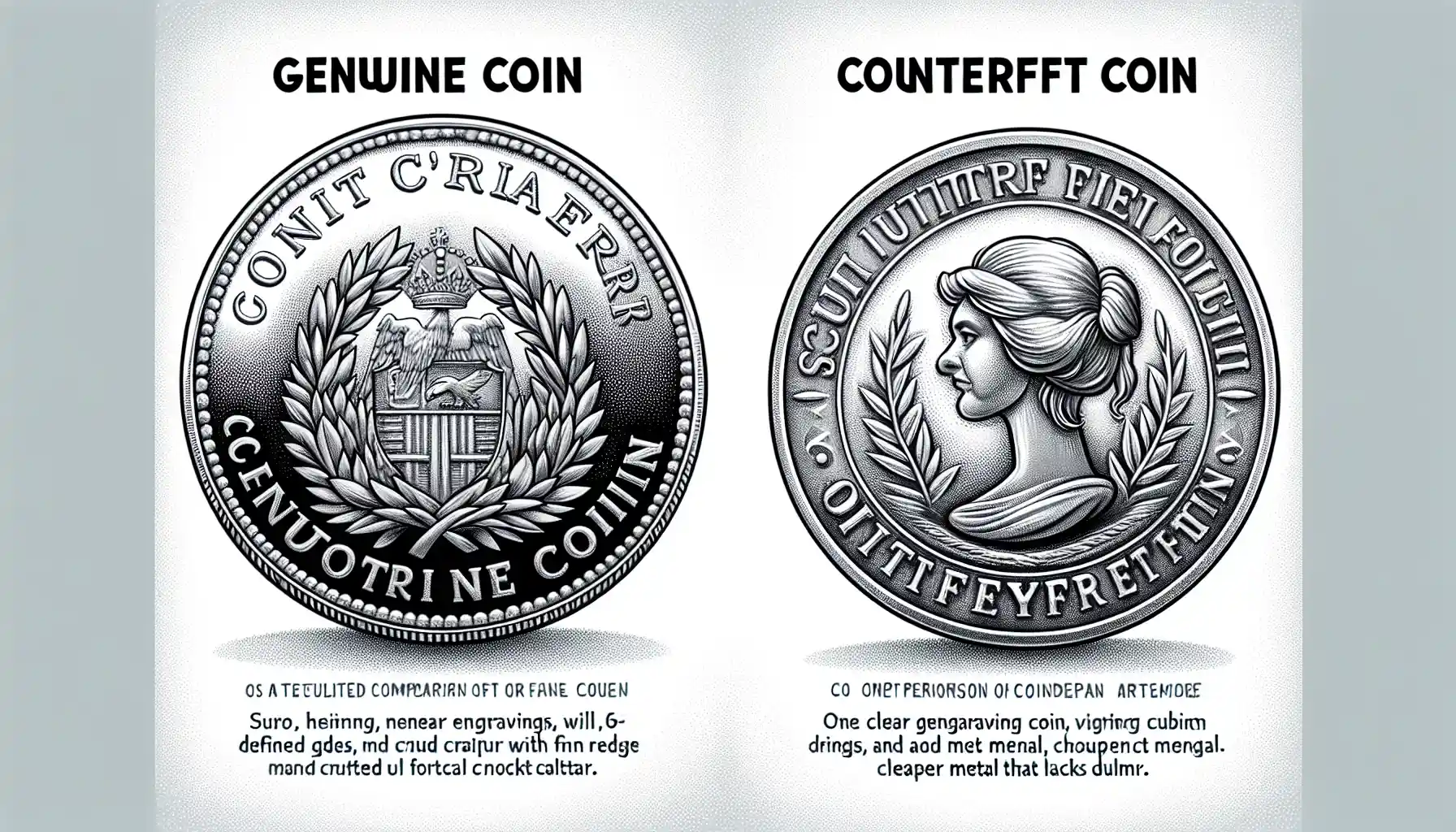
Spotting the Telltale Signs of a Genuine Coin
When it comes to identifying whether a coin is the real deal or a clever counterfeit, every detail matters. Think of it like solving a mystery—each clue brings you closer to the truth. Genuine coins have distinct features that counterfeits often fail to replicate. Let’s dive into the specifics.
- Material and Weight: Authentic coins are made from specific metals with precise weights. A fake might feel too light, too heavy, or just “off” in your hand.
- Design Details: Look closely—real coins have sharp, intricate engravings. Counterfeits? They often show blurred lines or uneven surfaces.
- Mint Marks: Genuine coins carry mint marks in consistent locations. Fakes may miss this entirely or misplace it!
A personal tip? Use a magnifying glass and good lighting. The tiniest inconsistency—a poorly defined letter, an awkward edge—can reveal a forgery. It's like finding a thread in a web; pull on it, and the whole fake unravels. Stay sharp, stay curious, and trust your instincts when something feels off!
Simple Techniques for Identifying Fake Coins

Spotting Visual Red Flags in Coin Listings
When you’re scrolling through online marketplaces, your eyes are your first line of defense. Think of yourself as a detective armed with nothing but a magnifying glass and a gut feeling. Scammers often bank on the fact that most buyers don’t look too closely—don’t be that buyer!
Start by inspecting the images provided. Are they crystal-clear, or does it feel like someone took the picture using a potato camera? Blurry photos can be a huge red flag—they might be hiding scratches, fake patinas, or unnatural details. Next, zoom in. Yes, pinch and zoom like your life depends on it. Check for inconsistencies in the coin’s lettering, texture, or edge designs. A genuine coin is like a perfectly tuned piano—everything is precise and harmonious. Fake ones? They’ll hit some sour notes.
Here’s a quick checklist to guide you:
- Is the mintmark positioned correctly? (Hint: check reliable sources for reference!)
- Do the colors seem too bright or “off”? Real coins age gracefully; fakes often overdo the shine.
- Are there tool marks or weird bumps? Genuine coins don’t have sloppy craftsmanship.
Pay attention to your instincts. If something feels off, it probably is.
Essential Tools and Resources for Coin Authentication
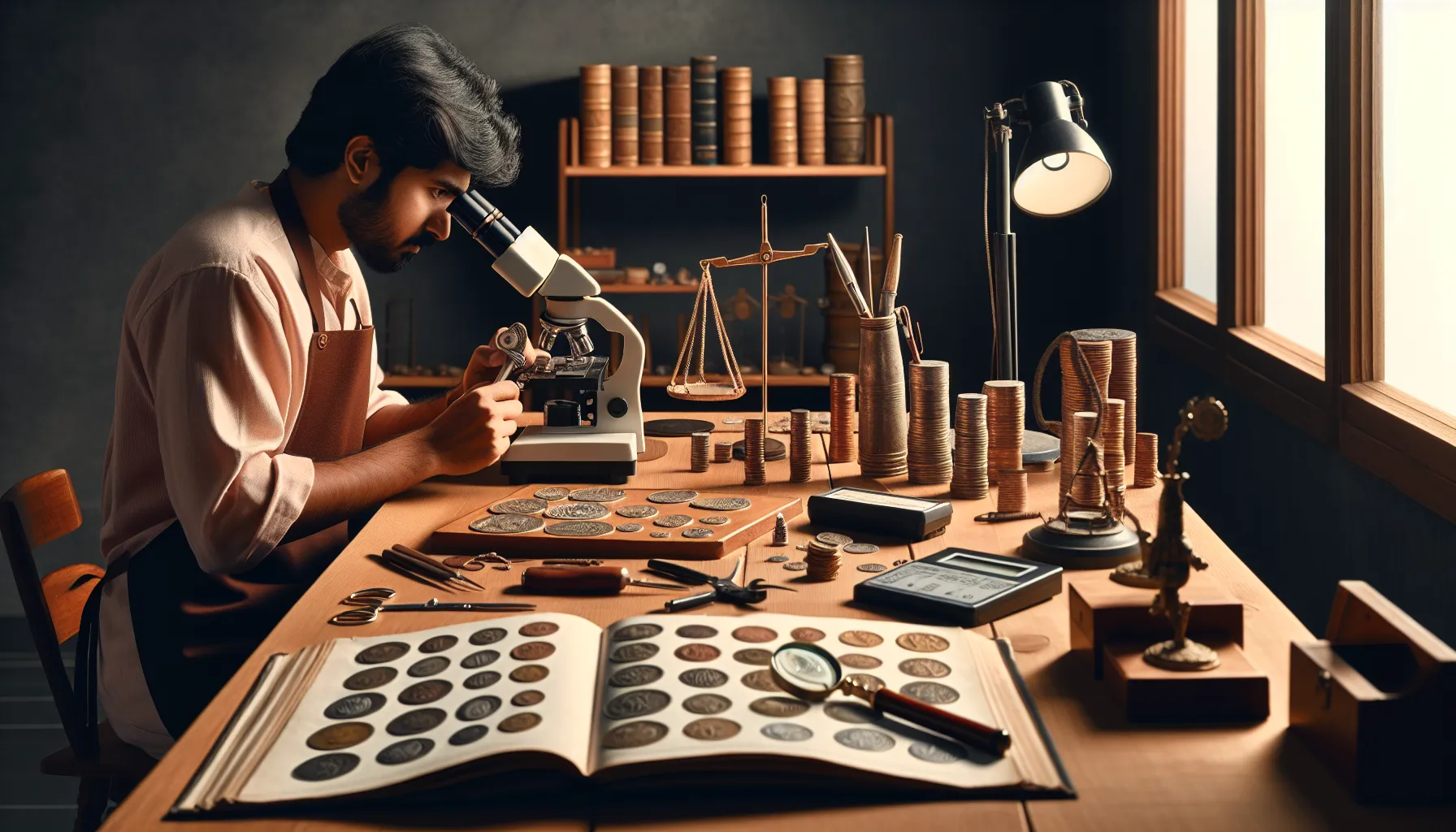
Must-Have Gadgets for Coin Enthusiasts
Picture this: you’re holding a coin that looks centuries old, its gleam and intricate design whispering tales of ancient empires. But is it the real deal? To uncover the truth, you'll need more than just intuition. Let’s gear up with some essential tools!
- Magnifying Glass or Loupe: A good loupe is like a detective's magnifying glass. Go for 10x to 20x magnification—it’ll reveal the tiniest scratches, casting doubts on a coin’s authenticity.
- Digital Caliper: Coins love precision. Measure their diameter and thickness to compare with official specifications. Just a millimeter off? That’s your red flag!
- Scale with High Accuracy: Weight matters. Authentic coins often have precise weights, so an accurate scale can expose fakes in seconds.
Where to Find Reliable References
Imagine trying to solve a puzzle without the picture on the box—it’s frustrating, right? That’s why collectors swear by reference guides like the
“Red Book” (Guide Book of United States Coins). Online databases like
NGC Coin Explorer or
PCGS CoinFacts are also lifesavers, offering detailed photos and specs. Pair these with your tools, and you’ll feel like Sherlock Holmes cracking a case!
Tips for Safe Purchasing and Avoiding Scams Online
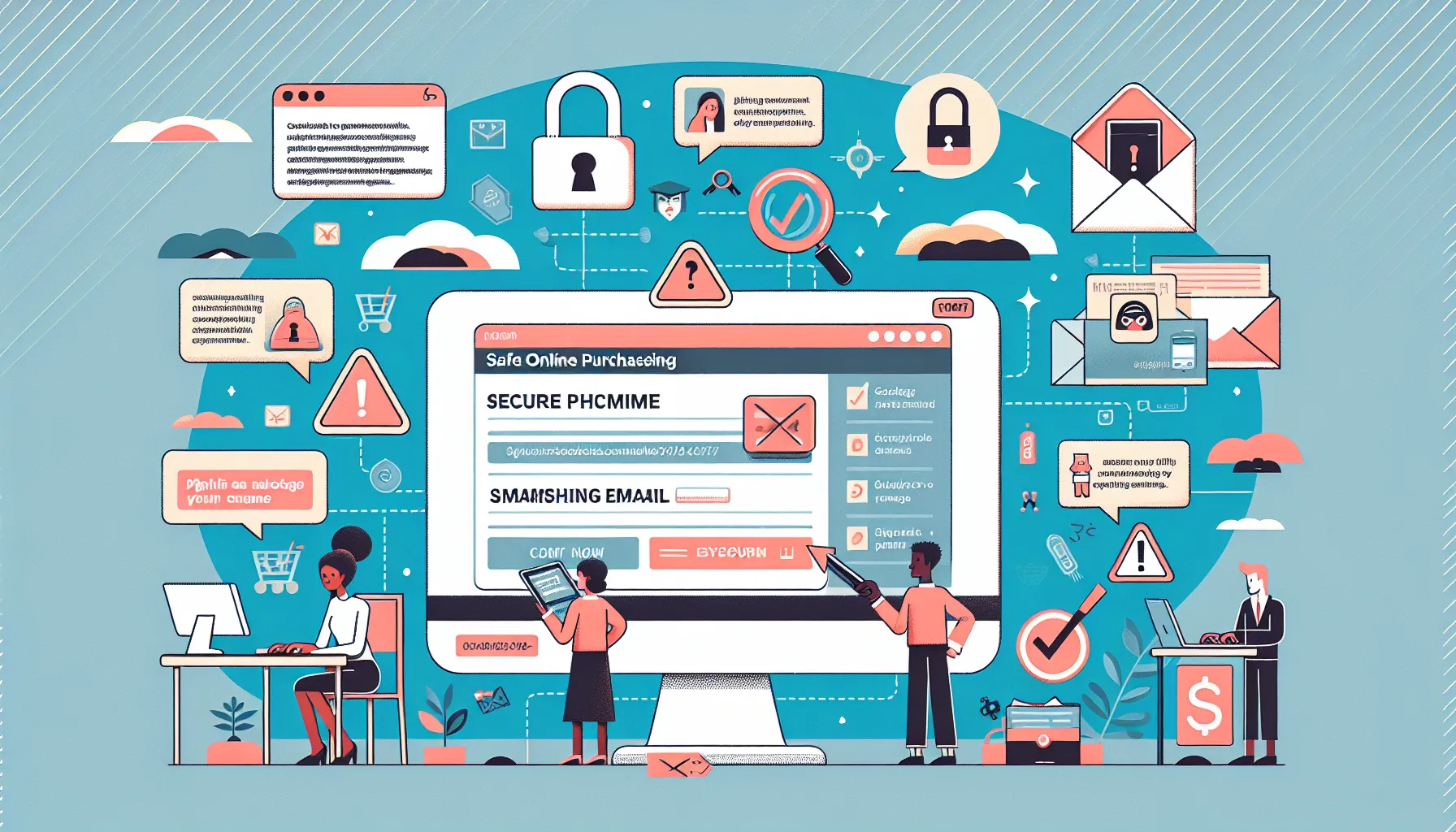
Spotting Red Flags in Coin Listings
Buying coins online can feel like treasure hunting—exciting, but full of hidden traps. The first thing to look out for? Suspiciously low prices. If a seller is offering a rare coin for half its market value, it’s not a deal—it’s a flashing neon sign that says "scam ahead." A genuine
1794 Flowing Hair Dollar, for instance, won’t show up for $50, no matter how lucky you think you are.
Pay close attention to the listing photos. Are they clear and detailed, or blurry as if taken with a potato? Legitimate sellers usually showcase every angle of their coins. If the images look like they were pulled off Google, you’re probably dealing with a faker. Oh, and watch out for overly generic descriptions like “very rare” or “authentic.” A real seller provides specifics—mint year, condition, provenance.
- Compare listings: Does this coin appear on multiple accounts with identical photos? That’s a red flag.
- Check feedback: No reviews or suspiciously glowing ones? Time to run, not walk, away.
Trust your gut—if something feels off, it probably is.








